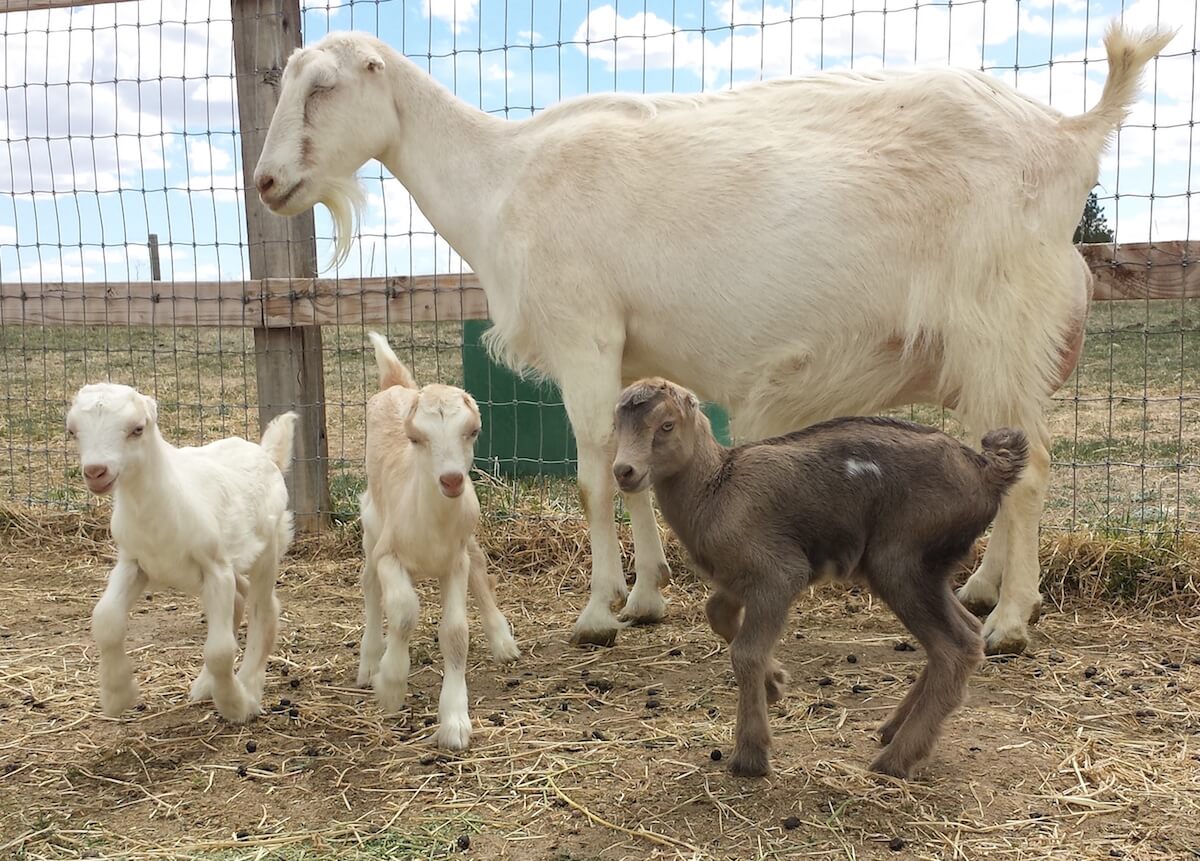Goat kid management tips from pregnancy to weaning
Last Saturday, just as the sun dipped gracefully into the horizon, farmer Buhle found herself dialling the number of her neighbour and fellow goat farmer, Nyasha.
In a trembling voice full of despair, she said, “Nyasha, I don’t know what to do anymore. My kids are dropping like flies and I feel like I have tried everything”.
Nyasha, always a calm and steady presence, listened patiently as Buhle poured out her heart — kids falling ill despite vaccinations, weak ones not making it through the night and the heartache of watching months of hard work unravel.
“Buhle, I know it is tough,” Nyasha replied, “but let’s go through this step by step. We will find a way to turn this around.”
In this week’s column, we will explore common challenges in managing kids and effective strategies to minimise mortality rate, so farmers like Buhle can ensure a thriving, healthy herd.
As noted by one livestock expert: “The future of a goat herd lies in the proper management of its kids; without strong, healthy kids, the genetic and economic potential of a herd cannot be fully realised.” Thus, kid management is a crucial aspect of goat management as it significantly impacts genetic improvement, health, and profitability.
The acceptable threshold for kid mortality in profitable goat farming typically ranges from 5 percent to 10 percent. Farmers must strive to keep mortality rate within this range for economic viability. Achieving rates closer to 5 percent indicates excellent herd management, including effective health care, nutrition and housing practices.
Mortality rate exceeding 10 percent significantly impact profitability and are an indication of underlying issues such as inadequate nutrition or poor management practices that need addressing. Farmers should aim for the lowest possible mortality rates to ensure that the costs of raising kids are offset by income from sales of meat and milk.
Pregnancy management is crucial for the health of not just the doe but also the foetus. During pregnancy, especially in the second and last trimesters, the nutritional needs of the doe increase significantly, with a substantial portion allocated towards the growth of the foetus.
The second trimester, from approximately day 50 to day 100 of gestation, is a critical period of foetal growth and development, with organs maturing and the foetus experiencing rapid growth to resemble a miniature goat.
The final trimester, from around day 100 to the end of gestation (approximately day 150), sees further foetal development, including the accumulation of fat reserves for survival after birth. During this period, pregnant does should receive a balanced diet rich in proteins, vitamins and minerals and sudden dietary changes should be avoided to prevent digestive issues.
As the due date approaches, preparation for kidding becomes essential. Farmers should assemble a kidding kit that includes clean towels, iodine solution, gloves, lubricants and scissors and be ready to assist the does promptly in case of complications.
Signs of labour include restlessness, nesting behaviour and discharge. The kidding area must be clean and disinfected, with fresh bedding provided, to minimise the risk of infections. Keep the environment calm to reduce stress for the doe.
Healthy does will often give birth without assistance. However, be vigilant for signs of prolonged labour without progress or dystocia, typically lasting more than an hour. This can occur due to various factors, including inadequate pelvic size, malpresentation of the kid, maternal health issues or foetal abnormalities, which can lead to serious complications for both the doe and the kid. Prompt intervention by a skilled farmer or veterinarian is necessary to resolve dystocia and ensure the safety of both the doe and the kids.
Once the kid is born, ensure it is breathing properly by cleaning its nostrils and mouth to remove any mucus. Dry the kid with a clean towel to prevent hypothermia, which can lead to health complications and even death.
Cut the umbilical cord about 2,4 centimetres from the kid’s belly and dip the stump in an iodine solution to prevent infections. Give the kid a drop of iodine on the tongue to prevent deficiencies.
It is crucial to ensure that the kid consumes colostrum within the first few hours of birth, as it is rich in antibodies and essential nutrients that boost the kid’s immune system and provide vital energy.
After the initial colostrum intake, ensure the kid continues to suckle regularly. If the doe has insufficient milk, supplement with a high-quality goat milk replacer or help the kid suckle on a foster doe with enough milk. Tag or mark the kids and their doe with identical marks or numbers for ease of identification and record-keeping, allowing you to effectively monitor their health, growth (including weight gains) and any medical treatments they receive. Monitor the kids daily for signs of illness such as diarrhoea, exhaustion or poor appetite. Early detection and treatment of health issues can significantly improve survival rates. Provide a warm and dry area for the kids, ensuring the housing is predator-proof and has proper ventilation. The bedding must be cleaned regularly to maintain hygiene.
Gradually introduce high-protein feed (creep feed) to kids between three and four weeks of age to ensure adequate nutrition and maintain growth. Ensure fresh water is always available. Well-nourished kids are less susceptible to diseases. Schedule health checks, vaccinations, and de-worming as recommended by the vet, and regularly monitor their weight and growth.
Weaning should be done at about 12 weeks of age, depending on the kid’s health, weight, and readiness. Ensure the kids have access to adequate quality feed and are eating well before weaning them off milk.
Minimise stress during weaning by maintaining a consistent routine and avoiding other stressful activities such as transportation, castration, or major changes in their environment during this period. In conclusion, effective goat kid management, from pregnancy to weaning, is crucial for ensuring health and profitability in goat farming. Farmers must strive to keep the goat kid mortality rates closer to 5 percent through diligent management practices and interventions.
Sheuneni Kurasha is the managing director of Chivara Farm, a diversified farming operation, which specialises in stud breeding for small livestock (Boer goats, Kalahari Red goats, Damara sheep and Meatmaster sheep) as well as Boran cattle. For feedback, kindly get in touch on email: kurashas@gmail.com; X: @chivarafarm or WhatsApp: +263 77 2874 523.-herald












